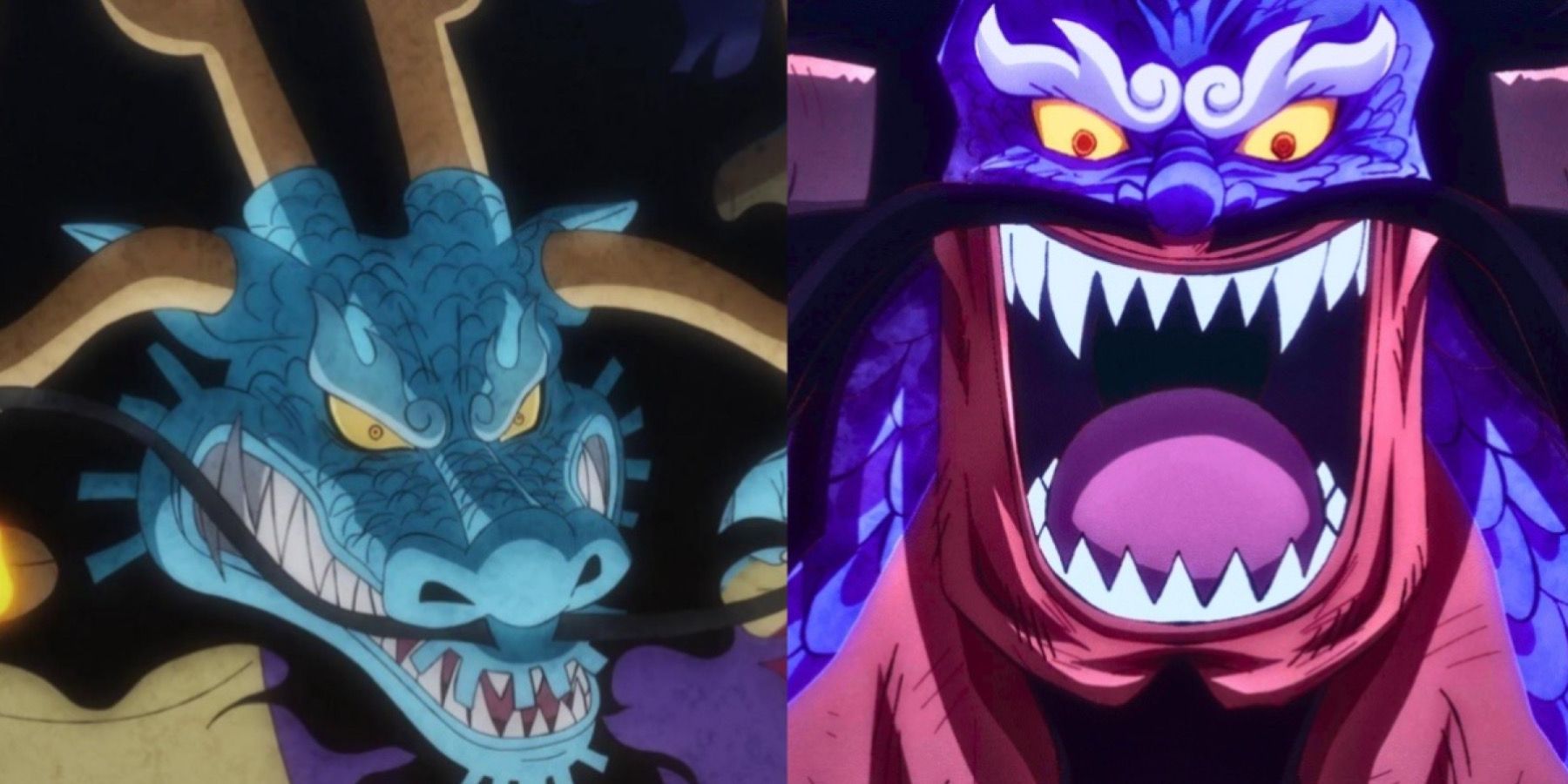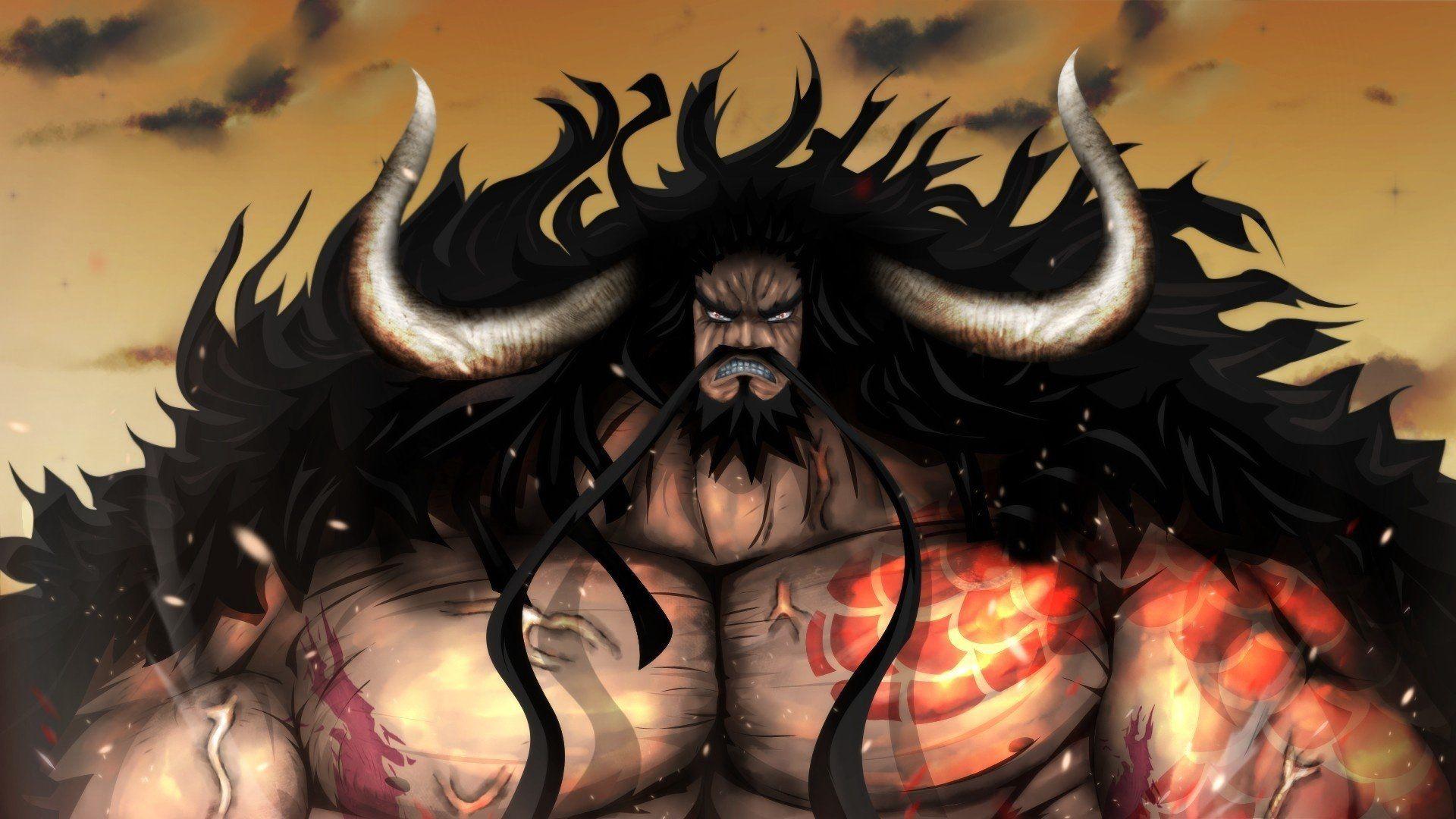Unraveling Kaido: What His Name Truly Means In Japanese
When discussing one of the most formidable antagonists in the world of One Piece, the name Kaido inevitably comes to mind. His sheer power, imposing presence, and the mystery surrounding his origins have captivated fans worldwide. But beyond his monstrous strength and the epithet "King of the Beasts," have you ever paused to consider what does Kaido mean in Japanese? The answer is more nuanced and deeply rooted in linguistic and cultural context than many might realize, offering fascinating insights into Eiichiro Oda's masterful character design. This article delves into the linguistic layers of Kaido's name, exploring its potential meanings, its connection to his character, and the broader significance of naming conventions within Japanese storytelling, particularly in a series as rich and intricate as One Piece.
Understanding the etymology of character names in Japanese media often unlocks deeper thematic elements and foreshadowing. For a character as pivotal as Kaido, the nuances of his name can reveal much about his role, his motivations, and even his ultimate fate within the narrative. By breaking down the kanji that could potentially form his name, we can gain a richer appreciation for the artistry behind his creation and how his very designation resonates with his destructive power and unyielding ambition. Let's embark on a linguistic journey to uncover the hidden depths of Kaido's name.
Table of Contents
- The Allure of Names in Fiction: Why Kaido's Matters
- What Does Kaido Mean in Japanese? Deconstructing the Name
- Kaido's Epithet: "King of the Beasts" and its Linguistic Ties
- Cultural and Historical Contexts of "Kaido"
- Kaido's Character in One Piece: A Brief Biography
- The Symbolism of Kaido's Name in His Narrative Arc
- Beyond the Literal: Fan Theories and Interpretations
- The Art of Naming: Oda's Masterful Craft
- Conclusion
The Allure of Names in Fiction: Why Kaido's Matters
In the vast tapestry of storytelling, names are rarely chosen at random. They often carry layers of meaning, foreshadowing, or symbolic weight that enrich a character's identity and their role within the narrative. This is particularly true in Japanese fiction, where kanji (Chinese characters used in Japanese writing) allow for multiple readings and interpretations, adding depth and intrigue to even a simple name. For a character as monumental as Kaido, the potential meanings embedded in his name are not just linguistic curiosities; they are integral to understanding his essence and his place in the grand narrative of One Piece. The name "Kaido" itself, while seemingly straightforward, opens doors to various interpretations depending on the specific kanji used, and these interpretations can profoundly influence how readers perceive his character, his actions, and his ultimate destiny. The question of what does Kaido mean in Japanese becomes a quest to uncover these hidden layers.The Significance of Naming in One Piece
Eiichiro Oda, the creator of One Piece, is renowned for his meticulous attention to detail, and this extends significantly to his character naming conventions. From the whimsical to the profound, names in One Piece often serve multiple purposes: they can be puns, references to real-world figures or concepts, or direct reflections of a character's personality, powers, or backstory. For instance, Monkey D. Luffy's middle initial "D." hints at a mysterious lineage, while characters like Trafalgar D. Water Law have names that are direct references to historical figures or events. This deliberate approach to naming suggests that Kaido's name, too, is not arbitrary. Given his status as one of the Four Emperors and his immense power, his name is likely chosen to resonate with his destructive nature, his unyielding will, or perhaps even a deeper, more symbolic connection to the world he inhabits. Exploring what does Kaido mean in Japanese is therefore not just an academic exercise but a critical step in fully appreciating Oda's narrative genius.What Does Kaido Mean in Japanese? Deconstructing the Name
To understand what does Kaido mean in Japanese, we must first consider the various kanji combinations that could form the sounds "Kai" and "Dou." Japanese names are often written with kanji, and the same phonetic sound can be represented by multiple characters, each with its own distinct meaning. Without an official kanji spelling provided by Oda himself, any interpretation remains speculative but informed by common usage and thematic relevance. However, certain kanji combinations resonate more strongly with Kaido's character and the themes of One Piece. The most commonly considered kanji for "Kai" and "Dou" in this context often evoke power, vastness, and a certain path or way of life, all of which are central to Kaido's identity."Kai" (海) - The Ocean's Depths
One of the most compelling interpretations for the "Kai" in Kaido is the kanji 海, which means "sea" or "ocean." This interpretation immediately brings to mind several powerful connections to Kaido's character. Firstly, the vastness and unpredictable nature of the ocean perfectly mirror Kaido's overwhelming power and his seemingly indomitable will. He is a force of nature, much like the sea itself, capable of immense destruction and resistant to all attempts to control him. Secondly, the sea is often associated with monsters and mythical beasts, a direct parallel to Kaido's epithet, "King of the Beasts," and his dragon form. Furthermore, the ocean in One Piece is the ultimate battleground, a place where legends are forged and broken. Kaido, as a pirate emperor, rules over a significant portion of this tumultuous world. The idea of "Kai" as "sea" or "ocean" also subtly hints at his ambition to create a world of chaos and war, a "sea" of conflict where only the strongest survive. This interpretation adds a layer of natural, almost primordial power to his name, suggesting he is as ancient and unconquerable as the deep blue."Dou" (道) - The Path of Might
For the "Dou" in Kaido, a strong candidate is the kanji 道, which translates to "path," "road," or "way." This kanji is frequently used in concepts like Bushido (武士道 - the way of the warrior) or Judo (柔道 - the gentle way), denoting a specific philosophy, discipline, or course of action. When applied to Kaido, "Dou" could signify his unyielding adherence to his own "path" – a path of destruction, war, and the pursuit of the ultimate death. He seeks a glorious end, believing that true strength is proven through death in battle. This "path" is singular and unyielding, reflecting his stubbornness and his inability to be defeated conventionally. It suggests that Kaido isn't just powerful; he embodies a particular philosophy of strength and existence, a "way" that defines his entire being. Combined with "Kai" (海), "Kaido" could therefore be interpreted as "The Way of the Ocean" or "The Path of the Sea," further emphasizing his connection to a vast, untamed, and destructive force. This interpretation of what does Kaido mean in Japanese speaks volumes about his character's core motivations.Kaido's Epithet: "King of the Beasts" and its Linguistic Ties
While "Kaido" is his given name, his epithet, "King of the Beasts" (百獣のカイドウ, Hyakujū no Kaidō), is equally significant and arguably more directly descriptive of his character. This epithet directly links him to the animal kingdom, emphasizing his monstrous strength, his ability to transform into a dragon, and his leadership over a vast army of Zoan Devil Fruit users. The term "Hyakujū" (百獣) literally means "hundred beasts," symbolizing an innumerable multitude of powerful creatures. This epithet reinforces the raw, untamed power associated with him. Linguistically, the epithet complements the potential meanings of his name. If "Kai" means "sea" and "Dou" means "path," then "Kaido, King of the Beasts" could be seen as "The Path of the Sea's Beasts" or "The Way of the Ocean's Monsters." This ties his name not just to abstract concepts of power but specifically to the wild, untamed, and often terrifying aspects of nature. It suggests a character who is not merely strong but who embodies the very essence of untamed power and primal force, a ruler not just of an army, but of a chaotic domain. This fusion of his name and epithet paints a complete picture of a character who is both a force of nature and a master of bestial might. The question of what does Kaido mean in Japanese extends to how his name harmonizes with his notorious title.Cultural and Historical Contexts of "Kaido"
Beyond the character's specific name, the term "Kaido" itself has historical and cultural significance in Japan. Historically, "kaidō" (街道) refers to ancient roads or highways, particularly those connecting major cities or regions. The most famous example is the Tōkaidō (東海道), the "Eastern Sea Road," which connected Edo (modern Tokyo) with Kyoto during the Edo period. These kaidō were vital arteries for trade, travel, and communication, often fraught with dangers but also opportunities. While it's unlikely that Kaido's character name is a direct reference to these historical roads, the linguistic resonance is interesting. The concept of a "path" or "road" (道, dou) is present. If one were to stretch the interpretation, Kaido could be seen as a "road" or "path" of destruction that traverses the seas, leaving a trail of chaos in his wake. His ambition to ignite the greatest war the world has ever seen could be viewed as him forging a new, violent "kaidō" across the world. This is a more abstract interpretation, but it highlights how the phonetic sounds of Japanese names can evoke multiple layers of meaning, even unintended ones, due to the richness of the language. This broader cultural context, while not definitive for his name's origin, adds another layer to the discussion of what does Kaido mean in Japanese.Kaido's Character in One Piece: A Brief Biography
Kaido is one of the Four Emperors, the most powerful pirate captains in the New World, and the main antagonist of the Wano Country Arc. Introduced early in the New World saga as a looming threat, his full power and backstory are gradually revealed throughout the series. He is known as the "Strongest Creature in the World," a title he earned through his seemingly immortal body and his ability to survive numerous attempts at execution and suicide. His primary goal is to ignite a massive war that would engulf the entire world, believing that only through such a conflict can the world be truly transformed and that death in a glorious battle is the ultimate pursuit. Kaido's past is shrouded in mystery, but it's known that he was once a member of the legendary Rocks Pirates, a crew that terrorized the world before the era of Gol D. Roger. He consumed the Uo Uo no Mi, Model: Seiryu, a Mythical Zoan Devil Fruit that allows him to transform into a massive, azure dragon, granting him immense destructive power, flight, and the ability to generate flame clouds. His reign over Wano Country, in alliance with the shogun Kurozumi Orochi, saw the country transformed into a weapon factory and its people enslaved, all in preparation for his grand war. His ambition, resilience, and sheer destructive capability make him a truly formidable force in the One Piece world. Understanding this background is crucial when considering what does Kaido mean in Japanese, as his name likely reflects these core aspects.Key Attributes and Role
To further contextualize Kaido's name, here's a summary of his key attributes and role within the One Piece narrative: | Attribute/Role | Description
One Piece: The Return Of Kaido, Explained

Kaido One Piece Wallpapers - Top Free Kaido One Piece Backgrounds
Who is Kaido?